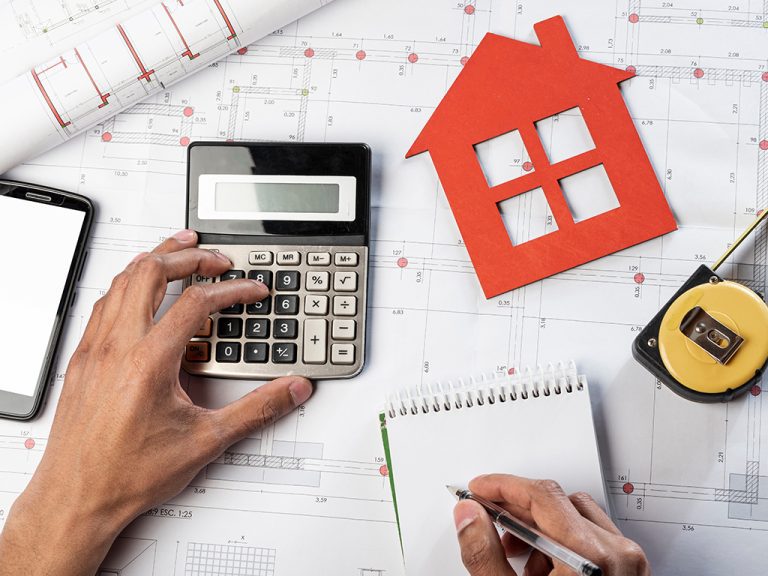Introduction:
Embarking on the journey of architectural drafting and design involves more than just creativity—it requires a meticulous understanding of the site where the vision will come to life. Site surveys, often the unsung heroes of the design process, play a crucial role in shaping the success of architectural endeavors. This article sheds light on the multifaceted importance of site surveys, exploring how they influence everything from data precision to compliance with regulations.
Precise Data Collection:
At the heart of every architectural project is the need for precise and comprehensive data. Site surveys serve as the foundation for collecting this data, offering architects insights into the topography, soil conditions, and existing structures. This granular understanding allows for the creation of drafts that not only align with the client’s vision but also navigate the unique challenges presented by the site.
Contextual Design Integration:
Architects, as storytellers of space, aim to create designs that resonate with their surroundings. Site surveys provide a narrative, offering information about the local environment, cultural influences, and aesthetic considerations. By integrating these contextual elements, architectural drafts transcend mere structures, becoming integral components of the landscape they inhabit.
Identification of Challenges and Opportunities:
Every site presents its own set of challenges and opportunities. Site surveys act as a proactive tool for architects to identify and address these factors. Whether it’s adapting to uneven terrain, harnessing natural elements, or mitigating environmental impact, a thorough site survey transforms challenges into opportunities. This proactive approach is a hallmark of resilient and forward-thinking design.
Compliance and Regulations:
Navigating the maze of building codes and regulations is a task that can make or break a project. Site surveys arm architects with the knowledge needed to ensure compliance. By understanding the legal landscape, architects can design structures that not only adhere to standards but also contribute positively to the safety and well-being of the community. This foresight minimizes potential roadblocks during the construction phase.
Conclusion:
In the symphony of architectural drafting and design services, site surveys are the overture, setting the tone for the entire composition. From the precision of data collection to the seamless integration of contextual design elements, the identification of challenges and opportunities, and ensuring regulatory compliance, site surveys are the silent architects that guide projects from conception to construction. By unveiling the essence of the site, architects not only create structures but design legacies that stand as testaments to thoughtful, purposeful, and enduring architecture.









